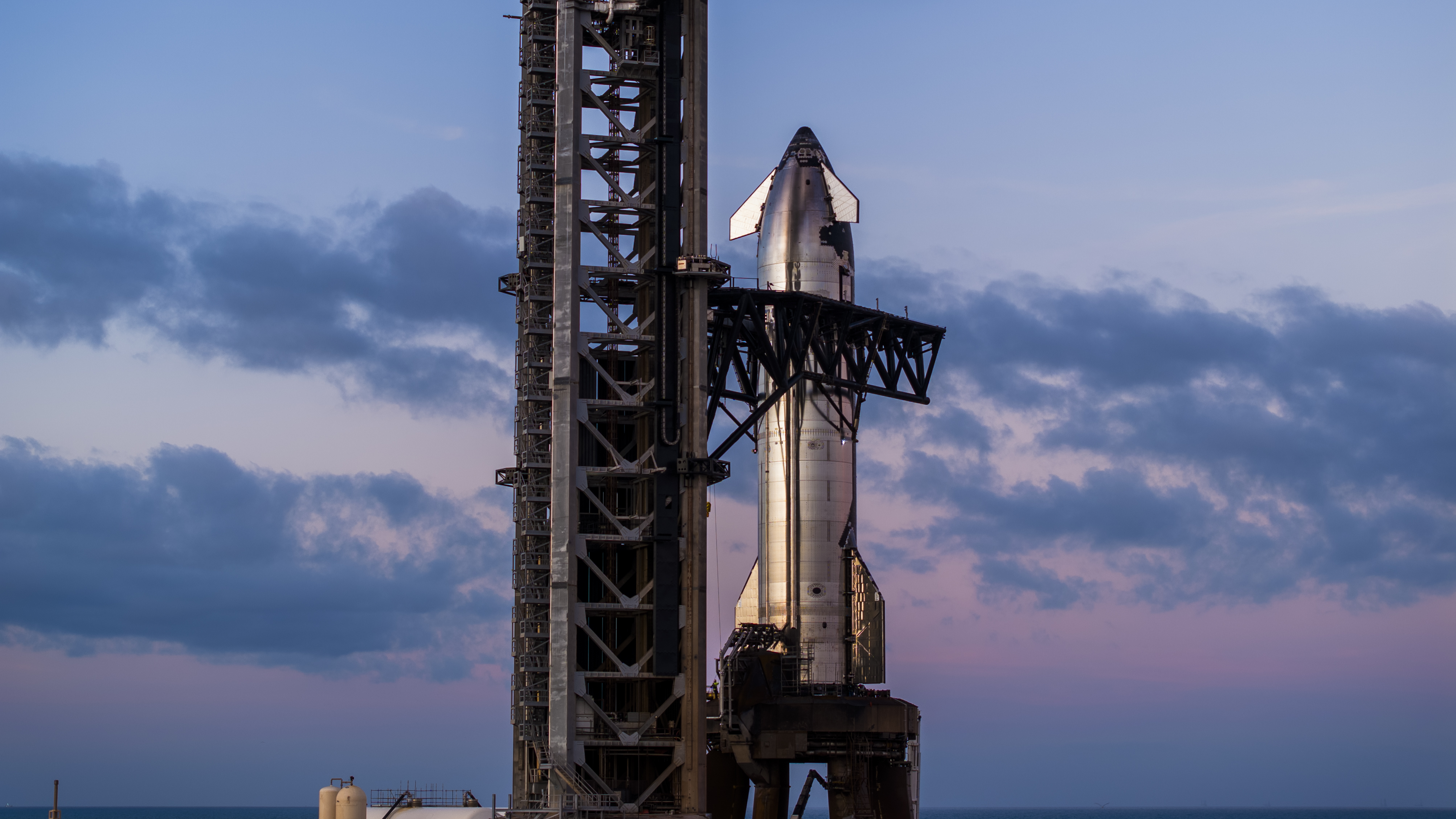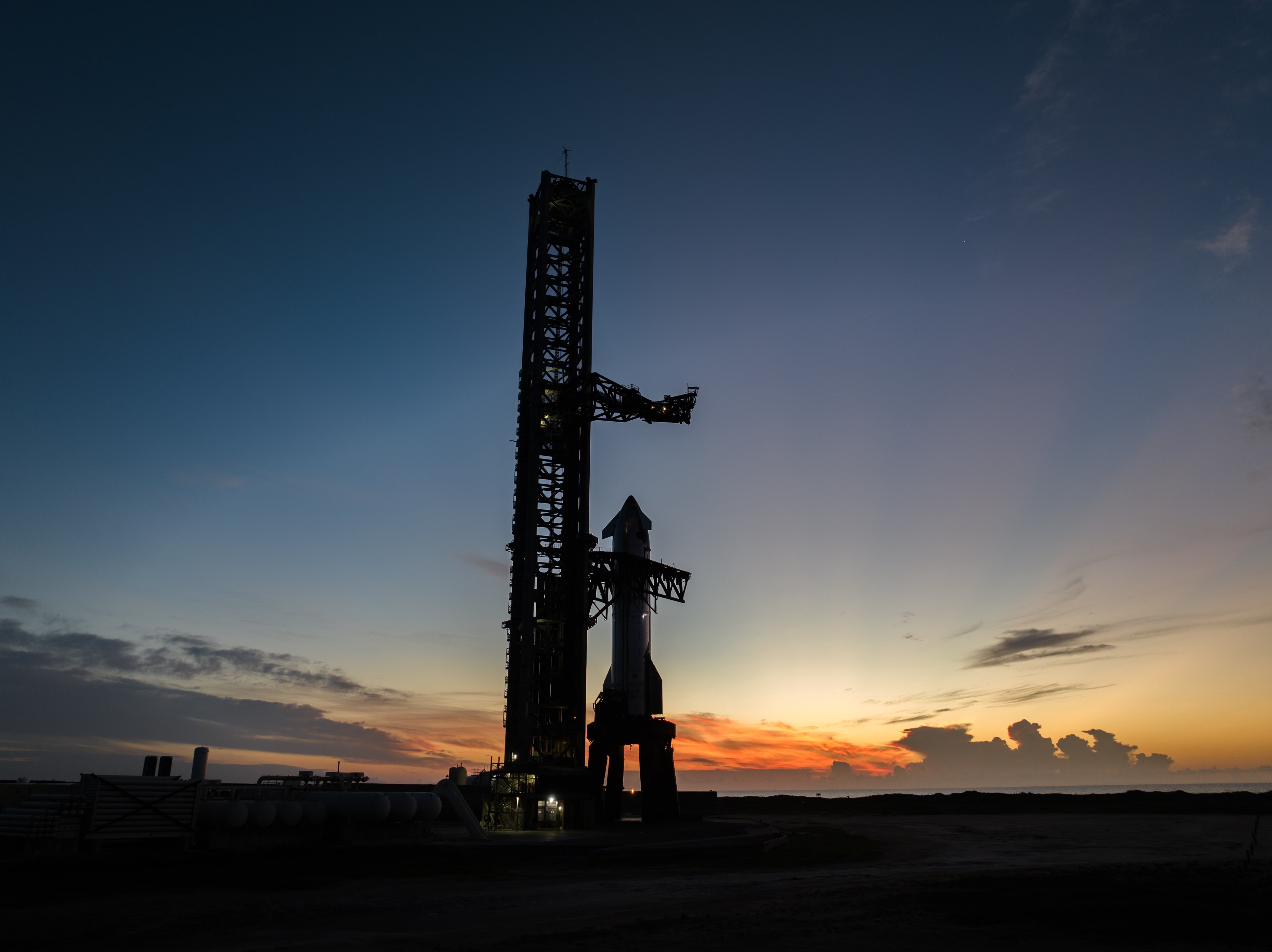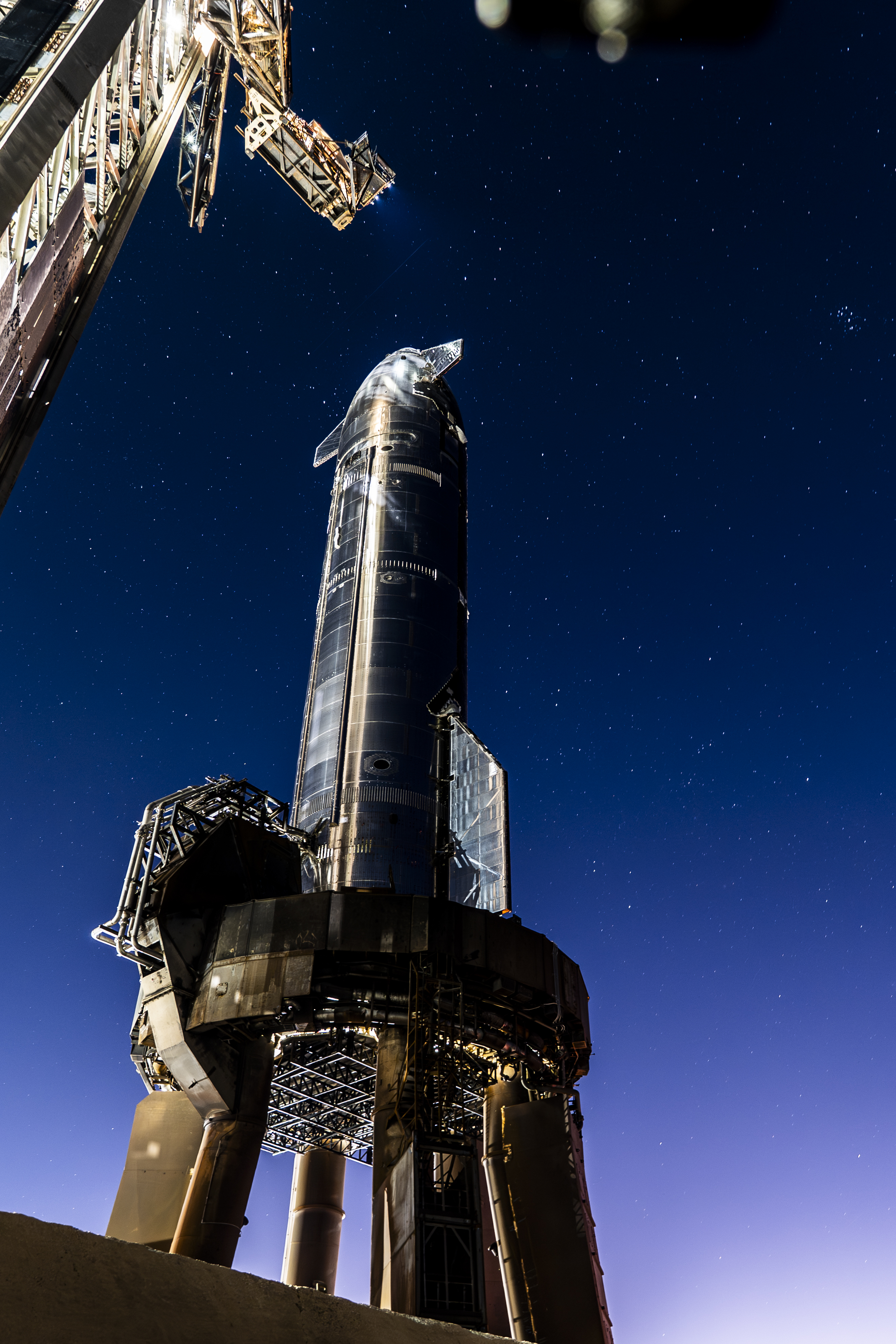In a groundbreaking moment for SpaceX and the future of space exploration, the first-ever static fire of a Starship rocket on its orbital launch mount was successfully completed at SpaceX’s Starbase facility in Boca Chica, Texas. This milestone marks an essential step toward SpaceX’s goal of launching its next-generation spacecraft into orbit, paving the way for future crewed missions to the Moon, Mars, and beyond.
Engineers and technicians worked tirelessly to modify the existing infrastructure of the launch mount to accommodate the massive Starship, which stands at nearly 400 feet tall when fully stacked with its Super Heavy booster. The launch pad, already a marvel of engineering, was upgraded with additional features to support the immense thrust and heat generated during the rocket’s testing phase.
The static fire test involved igniting the engines of the Starship while it remained secured on the mount, simulating the launch sequence without liftoff. This test is crucial for ensuring the vehicle's performance, verifying systems, and conducting final checks before SpaceX attempts its first orbital flight. The Starship rocket is designed to be fully reusable, a game-changing feature that could revolutionize space travel.
The static fire was a vital step in SpaceX's Starship development program. It comes after a series of test flights and launches that have slowly but surely proven the feasibility of the Starship program. SpaceX aims to use Starship for a wide range of missions, including lunar landings under NASA’s Artemis program, interplanetary travel, and even long-duration missions to Mars.
“Elon Musk and the entire SpaceX team are excited for the possibilities that Starship presents for the future of space exploration,” said a SpaceX spokesperson. “This static fire represents just the beginning of what we hope will be many successful launches and a significant leap forward in space technology.”
The significance of this test goes beyond just SpaceX’s goals. With Starship, SpaceX intends to provide more affordable, frequent, and reliable access to space. Its unique ability to land and be reused after each mission could drastically reduce costs associated with space travel, making the dream of regular space tourism and human space exploration more achievable.
The test's success has set the stage for further testing and eventual orbital flights. If successful, Starship could become the largest and most powerful rocket ever built, capable of carrying heavy payloads into orbit and beyond. With its innovative design and reusability, Starship could also make long-term human missions to Mars a reality, pushing the boundaries of what is possible in human space exploration.
While there’s still much work to be done, the successful static fire test represents a historic achievement for SpaceX and brings humanity one step closer to a new era in space exploration.











Leave a comment